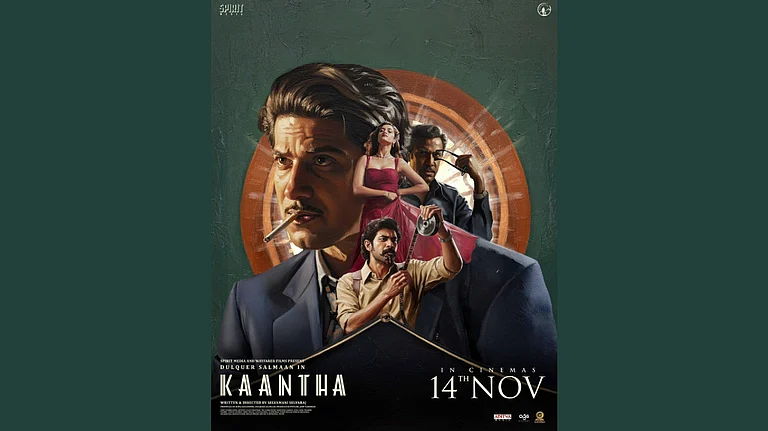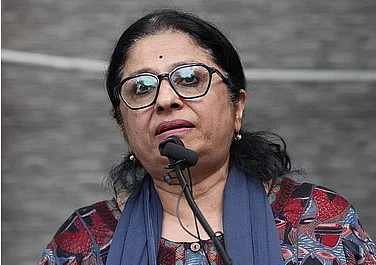This article may contain spoilers
If one were to pinpoint the most important character in Maharaja (2024), it would be Lakshmi: the dustbin that Maharaja (Vijay Sethupathi) seeks to find. Lakshmi not just helps us keep track of the film’s non-linear timeline—it does much more. It embodies the profound paradox that drives this thriller. While the cops are busy investing this seemingly worthless object with human value, a human being is reduced to an object as the story unwinds.
Nithilan Swaminathan’s Maharaja is Sethupathi’s 50th film as the lead actor. It broke all records by becoming the most-watched Indian film on Netflix, after its release in July 2024. Although it’s got rapturous reception even beyond the Tamil-speaking audiences, it has also rejuvenated the debates around the representation of sexual violence on screen. Some critics have opined that Indian filmmakers need to move beyond the rape-revenge plot and stop milking vigilante justice for commercial gains. Even as such criticism is sound and sincere, it overshoots a more layered reading of Maharaja. A closer look at the film reveals its attempts to unravel the well-exhausted conventions of the rape-revenge formula in Indian commercial cinema.
In Maharaja, Lakshmi is amusingly introduced as a distinct character from the outset. The audience knows that there is something more to its backstory than what is given away. Maharaja, a middle-aged barber, keeps reiterating a peculiar account of the burglary at his home, like a broken tape recorder, at the police station. He talks about Lakshmi with such sincerity and pathos that it leaves the listeners astounded when they find out that it is a...dustbin. They crave more information: Is Lakshmi made of valuable metal? Does it contain hidden riches? Has Maharaja concealed illicit money he doesn’t want to reveal? A dustbin becomes the pretext for a treasure hunt.

This comical trail eventually turns macabre. The viewers find out that Maharaja’s visits to the police station are actually to trace his daughter Jothi’s (Sachana Namidass) rapists. The police’s hunt for Lakshmi is interspersed with the classic rape-revenge mission, which Maharaja embarks on. But these parallel narrative strands merge to subvert the formula — the police collude with the vigilante, rather than the criminal. While the State’s failure in delivering justice in such cases remains the overarching theme, it is fascinating to note the conscientious turn in the police’s depiction.
But something else makes Maharaja remarkable: its climax. Seldom does an Indian film show a sexual violence survivor confronting her perpetrator. It truly transforms the ‘victim’ into a ‘survivor’, who wants to know why she was brutalised. Maharaja allows Jothi to assert herself in the narrative. No longer an ‘object’ of sympathy for men, she becomes a ‘subject’ who reclaims her autonomy from the violator. Though Maharaja goes on an overdrive of revenge, Jothi compels him to leave the main perpetrator, Selvam (Anurag Kashyap), alive so she can have the last word.
Upon meeting Selvam, Jothi flings her gold jewellery at him, giving him what he came for. Her gesture inverts the conventional patriarchal notion that a woman is “robbed” when she is raped — of honour, of dignity, of purpose. It smashes the idea that sexual violence defines a survivor. She proclaims that Selvam could only rob her house, not her self-respect. “If you have a daughter, ask her how many like you we have to encounter every day”, she states. “You haven’t spared my life; I have spared yours”. It is not an angry outburst or a thundering declaration— just a simple conversation. Calm and composed, Jothi lets Selvam know that she will move past the violence and resume her life. And that’s what sets Maharaja apart.




























